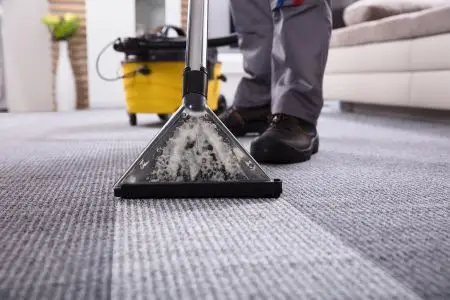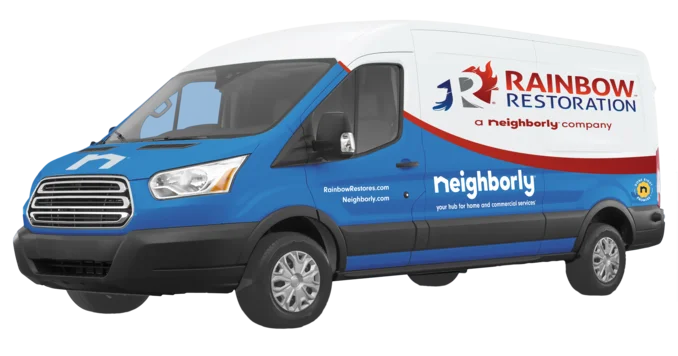Learn What’s Lurking Within Johnson City Homes
Most homeowners think a quick pass with a steam cleaner means their carpet or couch is “clean.” But the real story unfolds beneath the surface — in the foam padding and carpet backing, where moisture, bacteria, and mold spores can settle and thrive.
The Problem Beneath the Surface
In Johnson City’s humid seasons or after even minor water spills, your carpet and upholstery can become microbial reservoirs — hidden layers that trap contaminants and slowly release them back into your indoor air. Surface cleaning won’t touch it. That odor that keeps returning? The persistent allergies? These often refer to contaminants below the fibers, especially in cushions, pet-stained areas, or spots with a history of water damage.
Why Standard Cleaning Isn’t Enough
Standard consumer-grade cleaners focus on fibers. However, professional restoration-grade equipment, such as sub-surface extractors, reaches deeper, flushing contaminants from the padding without over-wetting. For upholstery, deep injection-extraction processes paired with HEPA filtration help prevent re-aerosolization of particles that can affect air quality.
What Lives in Carpet Backing and Padding
Why does it matter? Because organic debris in the carpet backing, especially from pet waste, spills, or old stains, can host bacteria, dust mites, and even fungal growth. If left untreated, it creates ongoing exposure, which is hazardous for children, allergy sufferers, and those with respiratory conditions.
The Rainbow Restoration Approach
At Rainbow Restoration of Tri-Cities, our carpet and upholstery cleaning service goes beyond the visible. We identify problem zones, use advanced moisture detection tools, and apply EPA-registered agents when microbial risk is present. We don’t just make it look better — we remove what’s embedded and invisible.
Concerned about what might be hiding in your floors or furniture? Call Rainbow Restoration of Tri-Cities at (423) 900-2080 today to schedule a deep, restorative carpet and upholstery cleaning. We serve Johnson City and surrounding areas with real solutions — not just surface fixes.

